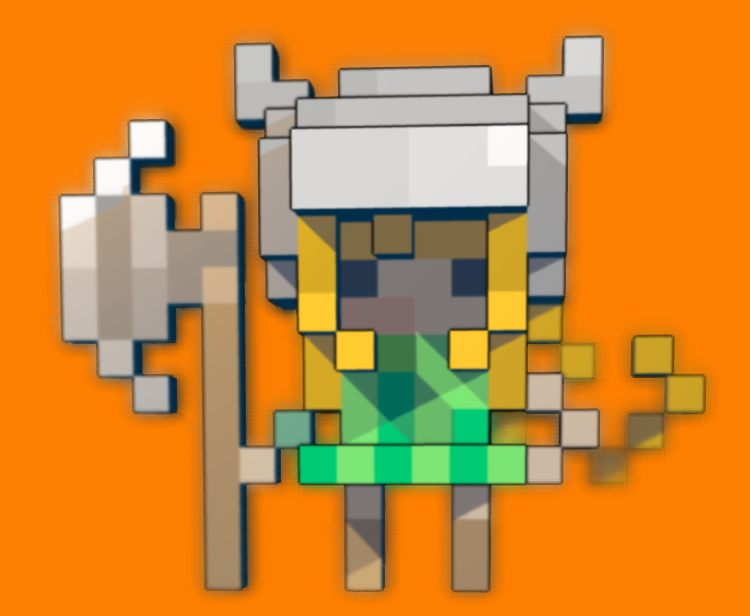The working fragment shader is:
#version 430 core
out vec4 FragColor;
in VS_OUT {
vec3 FragPos;
vec3 Normal;
vec2 TexCoords;
vec3 mvPosition;
} fs_in;
const int max_num_lights = 2;
uniform samplerCube depthMaps[max_num_lights];
uniform sampler2D diffuseTexture;
uniform vec3 lightPositions[max_num_lights];
uniform vec3 viewPos;
uniform float far_plane;
uniform int shadows = 1;
vec3 LightIntensity = vec3(1.0, 1.0, 1.0);
vec3 MaterialKd = vec3(1.0, 1.0, 1.0);
vec3 MaterialKs = vec3(1.0, 0.5, 0.0);
vec3 MaterialKa = vec3(0.0, 0.025, 0.075);
float MaterialShininess = 10.0;
vec3 phongModelDiffAndSpec(bool do_specular, vec3 lp)
{
vec3 n = fs_in.Normal;
vec3 s_light1 = normalize(vec3(lp.xyz) - fs_in.mvPosition);
vec3 v = normalize(-fs_in.mvPosition.xyz);
vec3 r_light1 = reflect( -s_light1, n );
float sDotN_light1 = max( dot(s_light1,n), 0.0 );
vec3 diffuse_light1 = LightIntensity * texture(diffuseTexture, fs_in.TexCoords).rgb * sDotN_light1;
vec3 spec_light1 = vec3(0.0);
if( sDotN_light1 > 0.0 )
{
spec_light1.x = MaterialKs.x * pow( max( dot(r_light1,v), 0.0 ), MaterialShininess );
spec_light1.y = MaterialKs.y * pow( max( dot(r_light1,v), 0.0 ), MaterialShininess );
spec_light1.z = MaterialKs.z * pow( max( dot(r_light1,v), 0.0 ), MaterialShininess );
}
vec3 n2 = fs_in.Normal;
vec3 s2_light1 = normalize(vec3(-lp) - fs_in.mvPosition);
vec3 v2 = normalize(-fs_in.mvPosition.xyz);
vec3 r2_light1 = reflect( -s2_light1, n2 );
float sDotN2_light1 = max( dot(s2_light1,n2)*0.5f, 0.0 );
vec3 diffuse2_light1 = LightIntensity*0.25 * MaterialKa * sDotN2_light1;
float k_light1 = (1.0 - sDotN_light1)/2.0;
vec3 ret_light1 = diffuse_light1 + diffuse2_light1 + MaterialKa*k_light1;
if(do_specular)
{
ret_light1 = ret_light1 + spec_light1;
}
return (ret_light1);// + ret_light2);///2.0;
}
float get_shadow(vec3 lp, samplerCube dmap)
{
float shadow = 0.0;
// get vector between fragment position and light position
vec3 fragToLight = fs_in.FragPos - lp;
// ise the fragment to light vector to sample from the depth map
float closestDepth = texture(dmap, fragToLight).r;
// it is currently in linear range between [0,1], let's re-transform it back to original depth value
closestDepth *= far_plane;
// now get current linear depth as the length between the fragment and light position
float currentDepth = length(fragToLight);
// test for shadows
float bias = 0.05; // we use a much larger bias since depth is now in [near_plane, far_plane] range
shadow = currentDepth - bias > closestDepth ? 1.0 : 0.0;
shadow = 1 - shadow;
return shadow;
}
void main()
{
float brightest_contribution = 0.0;
for(int i = 0; i < max_num_lights; i++)
{
float s = get_shadow(lightPositions[i], depthMaps[i]);
if(s > brightest_contribution)
brightest_contribution = s;
}
vec3 diffAndSpec = vec3(0, 0, 0);
if(brightest_contribution == 1.0)
{
for(int i = 0; i < max_num_lights; i++)
diffAndSpec += phongModelDiffAndSpec(true, lightPositions[i]);
FragColor = vec4(diffAndSpec, 1.0);// + vec4(diffAndSpec * shadow + MaterialKa*(1.0 - shadow), 1.0);
}
else
{
for(int i = 0; i < max_num_lights; i++)
diffAndSpec += phongModelDiffAndSpec(false, lightPositions[i]);
FragColor = vec4(diffAndSpec * brightest_contribution + MaterialKa*(1.0 - brightest_contribution), 1.0) + vec4(diffAndSpec, 1.0) + vec4(diffAndSpec * brightest_contribution + MaterialKa*(1.0 - brightest_contribution), 1.0);
FragColor /= 3;
}
FragColor = pow( FragColor, vec4(1.0 / 2.2) );
return;
}






